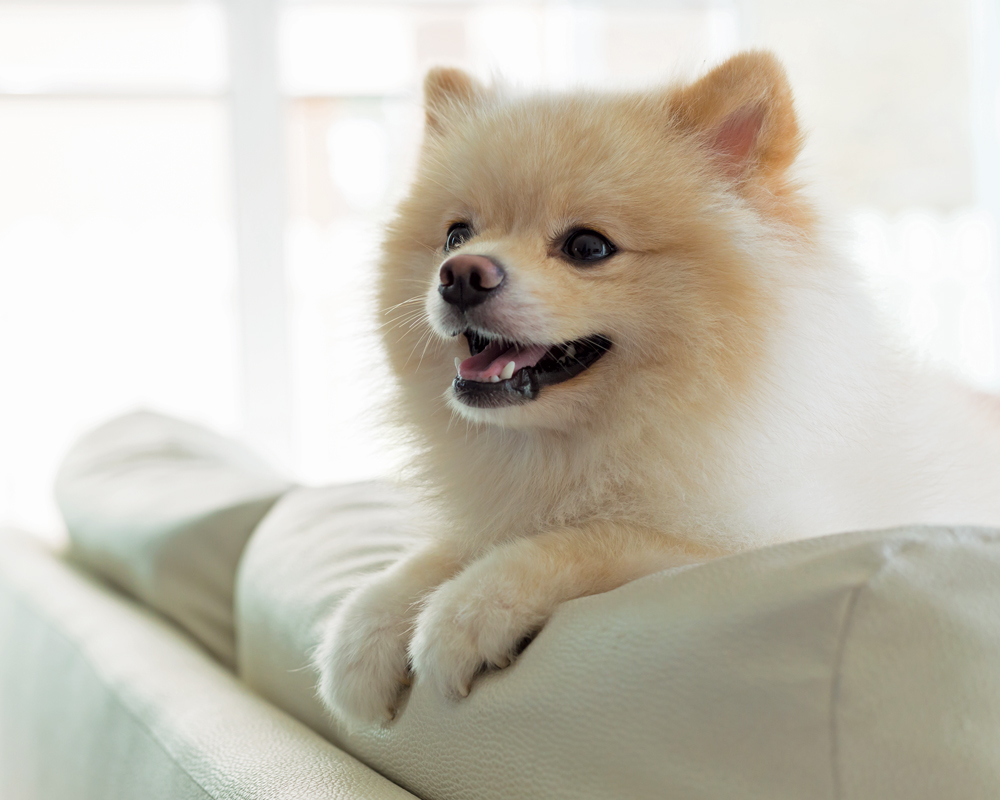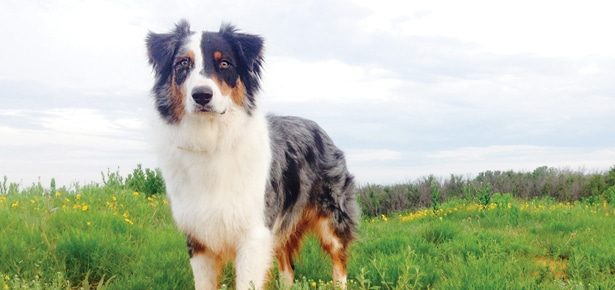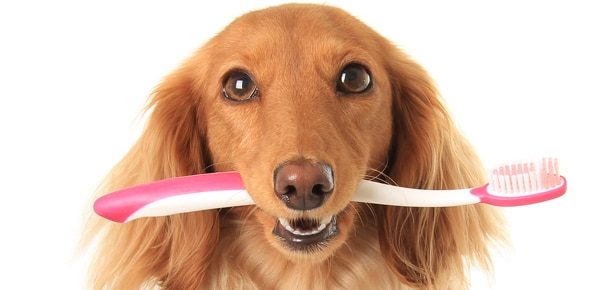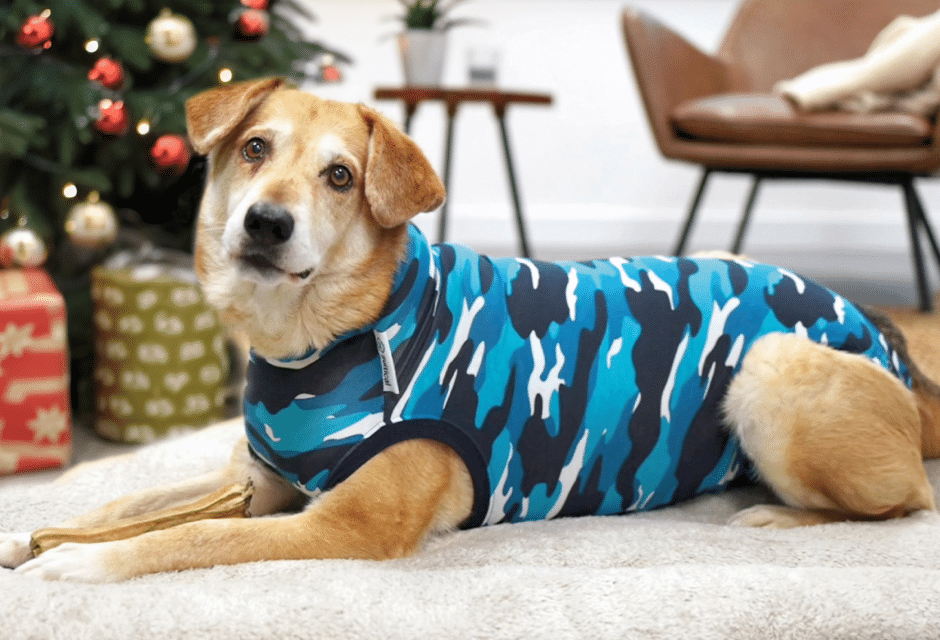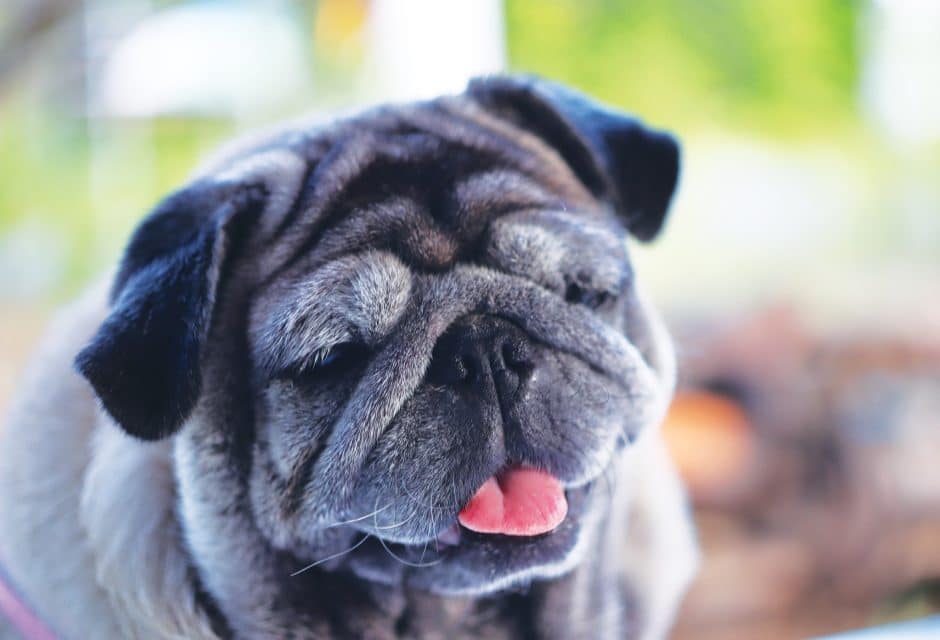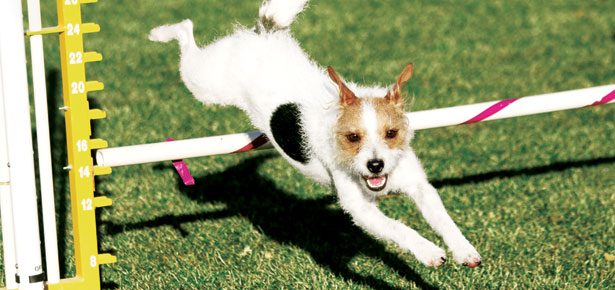

Essential Oils For Dogs
Potent plant medicine, essential oils can deter pests, create calm, help with nausea, and more
Essential oils are increasingly of interest to those in search of a non-pharmaceutical approach to health and wellness for themselves and their dogs, but aromatherapy has actually been used for centuries. The use of essential oils can be traced back nearly 5000 years in both India and Egypt.
Essential oils are volatile, concentrated substances that come from a plant’s leaves, flowers, bark, roots, seeds, or fruit. They are typically collected by means of distillation or cold-pressing.
The following essential oils are considered safe for dogs and can be used as pest repellents, calming agents, appetite stimulants, and nausea/motion sickness aids.
Repel fleas and ticks: lemongrass, citronella, lavender, rosemary
Lemongrass contains citral and geraniol, both of which are natural flea repellents. To make a spray, fill a bottle with water and add a drop or two of lemongrass. Use the spray on his blankets and bedding.
Citronella deters fleas, and ticks. Fill a spray bottle with water, add a few drops of citronella and shake before using to mist your yard, home, your feet, and furniture. A single light mist over your dog’s back can help, but this oil (like all essential oils) should not be ingested by dogs so if your dog is a nervous licker, don’t mist your dog.
Lavender repels both fleas and ticks and prevents tick eggs from hatching. It also has a calming effect on dogs. Add one or two drops to your dog’s shampoo and shampoo/rinse as usual.
Rosemary may help fend off fleas, but its primary benefit is to heal skin irritations. Add one drop of rosemary to a carrier oil such as coconut or grapeseed and apply to a flea or tick bite spot to accelerate healing.
Repel mosquitos: citronella, eucalyptus, cedarwood
Citronella definitely deters mosquitos, and a spray bottle of water with a drop or two can yield surprisingly good results. Spray on your own feet, arms, furniture, and outdoor area.
Eucalyptus has a strong odour that mosquitos dislike. When you shampoo your dog, add a single drop of eucalyptus oil to the suds and massage in well. Be sure to rinse thoroughly.
Cedarwood has a scent that many of us find captivating but mosquitos hate. Add a drop to a carrier oil and give your dog’s fur a rub down before heading out.
………………………………………………………………………………………………………………
7 simple ways to incorporate essential oils into your dog’s wellness routine
1. Topical massage (always dilute with a carrier oil)
2. Add a drop on your dog’s collar or leash
3. Add a drop on your dog’s bed or car seat
4. Use a car diffuser when driving (only diffuse pet-safe oils and remember our dogs’ sense of smell is far keener than ours)
5. Add a drop or two to an existing pet shampoo
6. Creating a hydrosol (water-based) spray. Add a few drops to a spray bottle filled with water and shake before spraying your home, yard or dog’s body (never the face)
7. Diffuse at home
To reduce the chances of your dog developing a sensitivity or organ toxicity, don’t use any oil for more than two weeks. Rest periods are advised. Essential oils can be safe and beneficial for your dog, but caution is advised. Seek the input of a certified Aromatherapist and always consult your veterinarian.
………………………………………………………………………………………………………………
Reduce fear and anxiety: lavender, cedarwood, neroli
Lavender is one of the safest, most universal oils out there. Add a drop to your dog’s bed, collar, leash, etc. Diffusing lavender at home creates a relaxing mood.
Cedarwood has a lovely fragrance and provides a calming effect. Diffuse at home, and experiment with a cedarwood and lavender blend for extra calming benefits.
Neroli is a powerful essential oil to alleviate anxiety and fear. Add a single drop on a collar, leash, bed, dog coat—or to existing dog shampoo or massage oil.
………………………………………………………………………………………………………………
CAUTION: Do Not Use These Oils on Your Pets
Even safe essential oils can produce toxic reactions if over-administered, but some essential oils should never be used on pets. When it comes to toxicity in dogs, the most notable offenders are tea tree (melaleuca), pennyroyal, wintergreen, and pine oils. Do not use these on your pets. Cinnamon, sweet birch, and ylang ylang are not recommended. These are but a few examples of essential oils that can be toxic to pets if ingested by mouth or applied topically. Don’t experiment on your own.
………………………………………………………………………………………………………………
Reduce nausea and car sickness: ginger, cedarwood, lavender
Ginger is a go-to for upset stomachs. Put a drop on a cotton pad or wet cloth and let your dog breathe in the aroma or add a drop to a massage oil and rub on his chest and belly.
Cedarwood isn’t a specific remedy for nausea but it has a very calming effect on dogs. It can help settle nerves and bellies and is particularly good for car sickness. Try it in an in-car diffuser if your dog suffers from stress or motion sickness when in a moving vehicle.
Lavender and its calming effects help almost everything, including nausea. Diffuse at home or in your car to help your dog relax.
Lavender repels both fleas and ticks and prevents tick eggs from hatching. It also has a calming effect on dogs. Add one or two drops to your dog’s shampoo and shampoo/rinse as usual.
Stimulate appetite: ginger, vetiver, wild orange, and bergamot
Ginger is a powerful digestive aid. Add a drop to an existing massage oil and give your dog’s belly a thorough rub.
Vetiver’s ability to help with focus can translate into a dog’s renewed interest in food. Apply a drop on your dog’s collar or add a drop to a massage oil and rub him with it.
Wild orange has a great aroma and can help stimulate appetite. Diffusing at home will make your house smell great and could stimulate your dog’s appetite.
………………………………………………………………………………………………………………

Now, let’s talk about how you should—and shouldn’t—use them therapeutically with your dog.
First, seek the advice of your veterinarian. Some essential oils are highly toxic to dogs. Even ‘safe’ oils can induce negative reactions if misused or overused. Next, find a certified Aromatherapist. Between these two professionals, you’ll get the guidance you need to develop safe and effective formulations for your dog.
NEVER use essential oils on puppies, pregnant or nursing dogs, those prone to seizures, or those with serious pre-existing health conditions, such as liver disease. Extra considerations need to be made if there are other animal companions in your home, including cats and birds—both of which are even more highly sensitive to essential oils.
NEVER apply an essential oil directly to your dog’s fur or skin. These are highly-concentrated substances; they must be mixed with a carrier oil if applied topically. Always avoid contact with the areas around your dog’s eyes, ears, nose, or genitals. And never add essential oils to food or water—they are not meant to be ingested.
The amount of essential oil you’d use on a dog, while varying based your dog’s size, will still be a fraction of what a person might use. Dogs are much more sensitive in every way imaginable than we are—including their sense of smell. Start with a minimum—a single drop—and see how your dog reacts before you increase.
If you introduce an oil to your dog and he seems to have an aversion to it—turns his head away, tries to leave, or drools, for example—it’s a sign to stop.
………………………………………………………………………………………………………………

Is bath time stressful for your anxious pup? Calm My Dog Shampoo from Blue Ridge Botanicals is a gentle shampoo infused with Aloe Vera and their unique calming essential oil blend. Designed to moisturize and clean your dog’s skin and coat while relaxing, its free of synthetic detergents, petroleum by-products, synthetic fragrances and colours, parabens and SLS. ($11, blueridgebotanicalsco.com)
Kelly Caldwell owns an Energy Work Practice and is completing a certification in aromatherapy. Find her at otterintentions.com.
Join the newsletter and never miss out on dog content again!
"*" indicates required fields
By clicking the arrow, you agree to our web Terms of Use and Privacy & Cookie Policy. Easy unsubscribe links are provided in every email.
